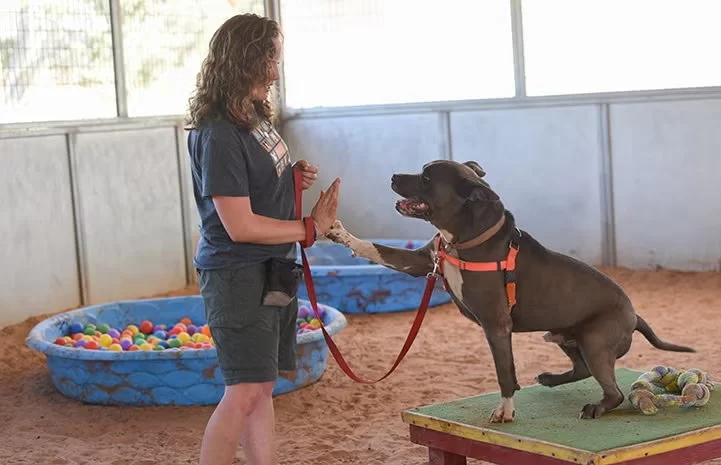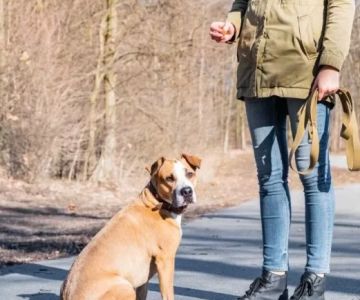- 1 - why-kennel-training-matters
- 2 - understanding-dog-anxiety-in-kennels
- 3 - step-by-step-approach-to-calmness
- 4 - real-life-examples-and-stories
- 5 - expert-insights-and-practical-tips
- 6 - support-from-hidden-brook-veterinary
Why Kennel Training Matters
Many owners ask about how to train dogs to be calm in kennels because they notice stress whenever their pets face crate time. A calm kennel-trained dog not only feels more secure but also stays safer during travel, vet visits, or temporary boarding. Teaching this skill is less about control and more about creating an environment of trust and predictability.
Understanding Dog Anxiety in Kennels
Recognizing signs of stress
Excessive barking, whining, scratching, or drooling often signals a dog’s discomfort with confinement. Some dogs even show destructive behavior like chewing bedding or attempting to escape.
Why dogs react this way
Anxiety stems from unfamiliar spaces, separation from family, or negative past experiences. Recognizing these root causes helps owners tailor their training approach, ensuring the kennel becomes a safe space instead of a punishment.
Step-by-Step Approach to Calmness
1. Gradual introduction
Start by leaving the kennel door open, allowing your dog to explore freely. Place treats or toys inside so the kennel becomes associated with positive rewards.
2. Short, positive sessions
Close the door briefly while remaining nearby. Gradually extend the duration, reassuring your dog with calm energy and occasional rewards for quiet behavior.
3. Building routines
Dogs thrive on routine. Integrate kennel time after walks, meals, or play so that it becomes part of a predictable daily rhythm rather than a disruptive event.
Real-Life Examples and Stories
A popular online story describes a rescue dog who refused to enter a kennel for weeks. The owner started feeding the dog meals inside the crate, turning it into a “dining room.” Within a month, the kennel was the dog’s favorite resting place. Another case shared by a traveling pet parent highlighted how training their dog to nap in kennels at home made long-distance flights far less stressful. These examples prove that patience and consistency reshape a dog’s emotional response.
Expert Insights and Practical Tips
Veterinary behaviorists highlight the importance of calm reinforcement—never forcing entry into the kennel. Covering part of the crate with a breathable blanket can reduce external stimuli. Including familiar scents like a blanket or shirt can further ease anxiety. Experts emphasize that kennel training is not about confinement but about providing a safe den-like environment.
Support from Hidden Brook Veterinary
If you’re still struggling with how to train dogs to be calm in kennels, Hidden Brook Veterinary 【 】 offers tailored advice, calming products, and professional behavior consultations. Whether your dog needs anxiety relief tools or a structured training plan, the right support can make kennel time a calm and positive part of your dog’s life.
With steady guidance, realistic expectations, and expert help when needed, kennel training becomes more than a routine—it becomes a way of ensuring comfort, safety, and trust between you and your pet.












